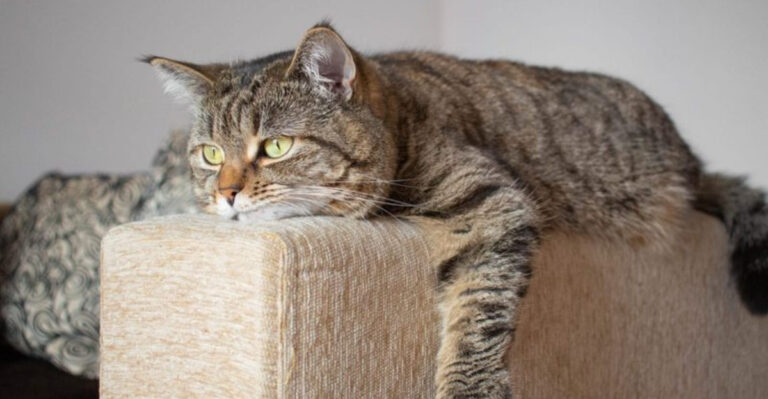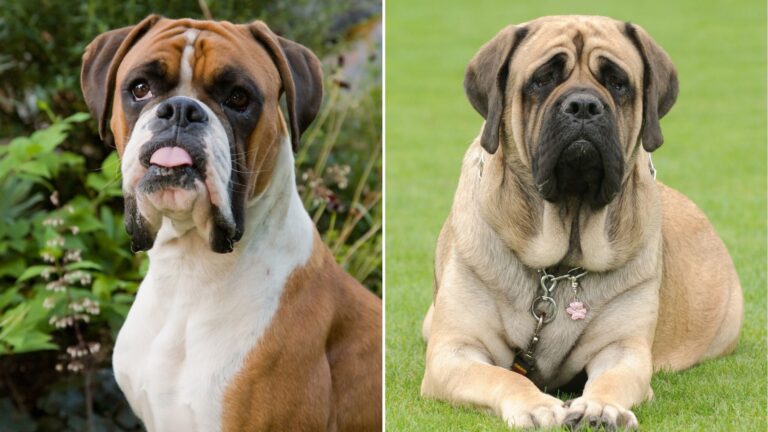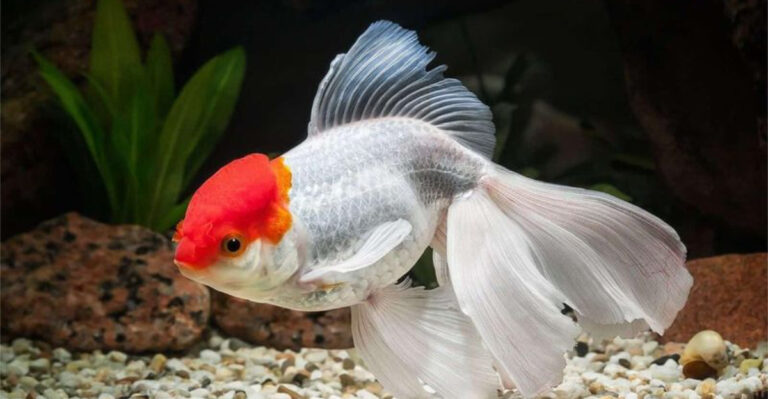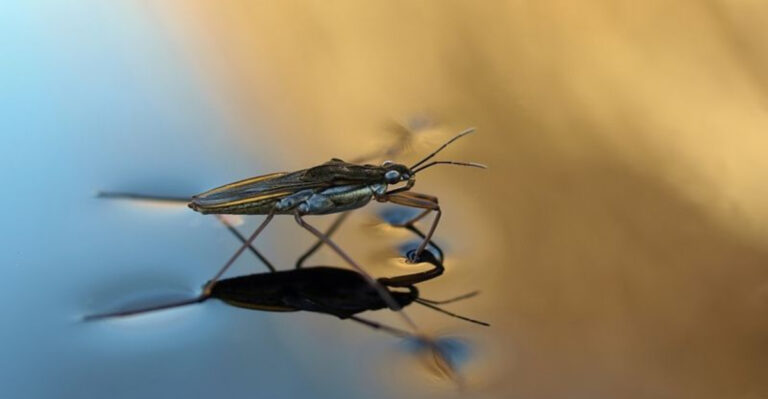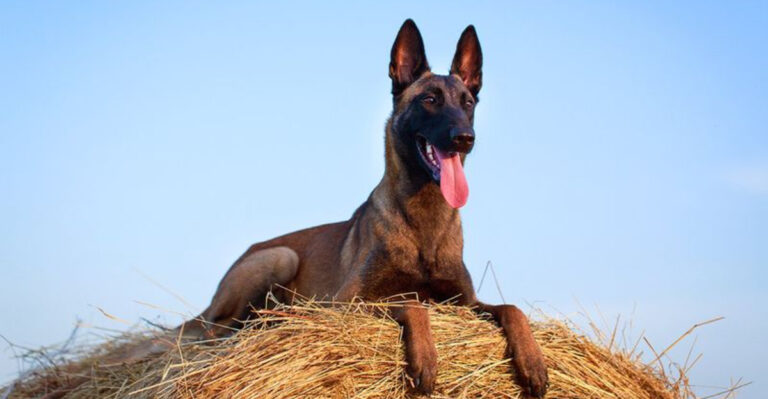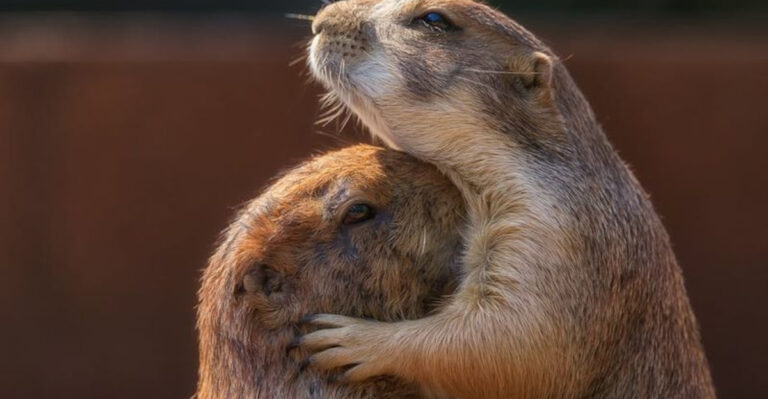8 Fascinating Animals That Can Pass The Mirror Test
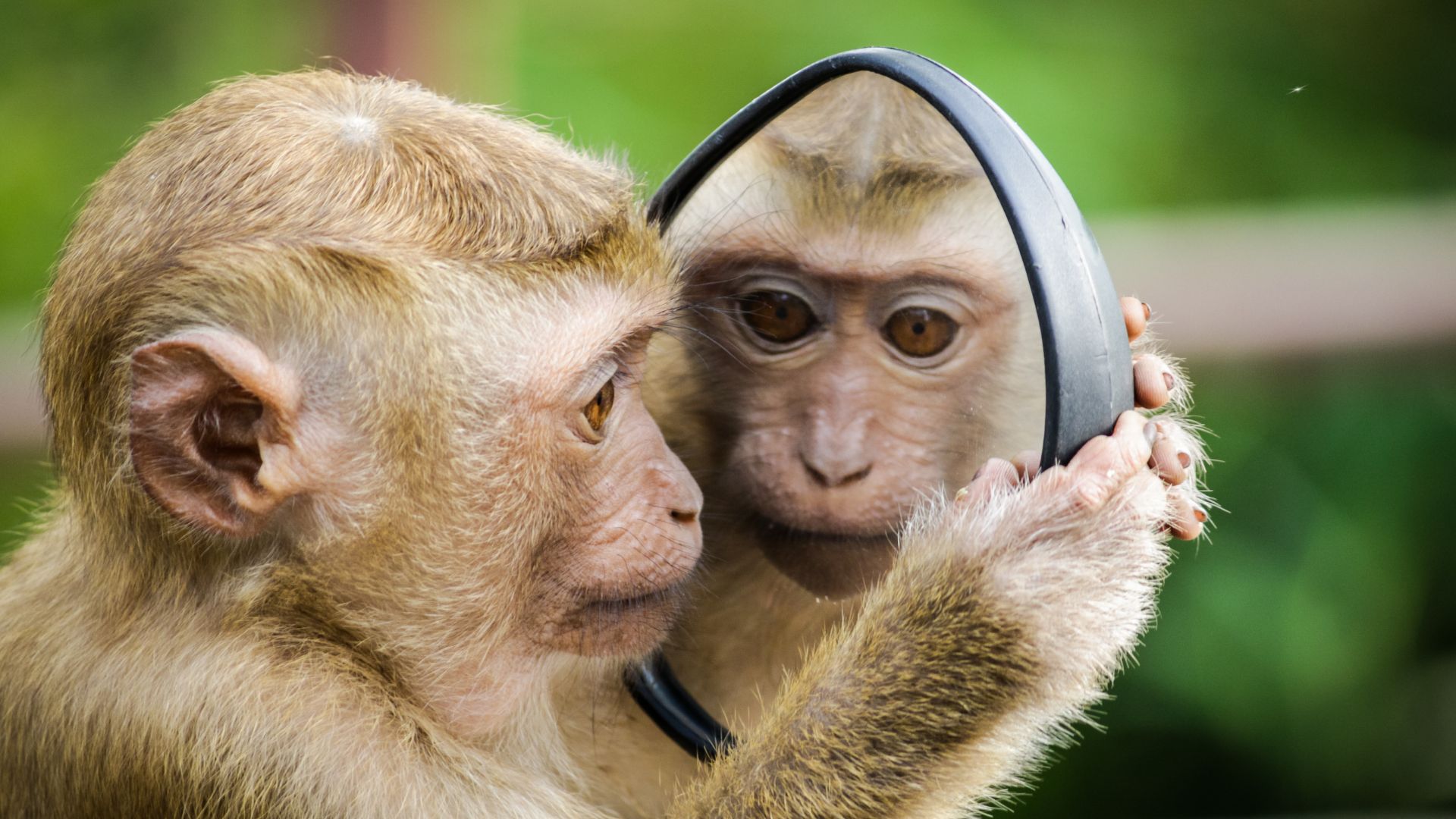
The mirror test, developed by psychologist Gordon Gallup in 1970, is a measure of self-awareness in animals.
It assesses whether an animal can recognize itself in a mirror, a sign of cognitive sophistication. Not all animals can pass this test, which makes the ones that do particularly fascinating. Check it out!
1. Chimpanzees
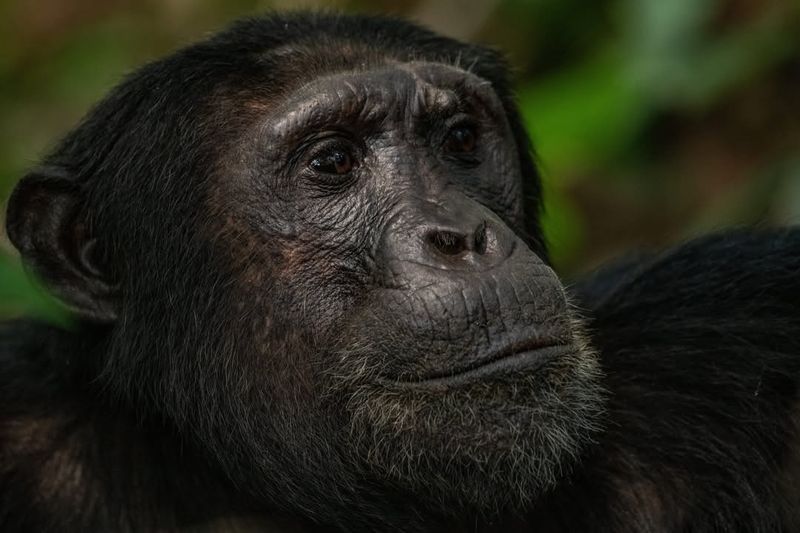
Chimpanzees, our closest living relatives, are well-known for their intelligence and complex social behaviors. In front of a mirror, they often inspect themselves, making faces or examining parts of their bodies, demonstrating self-recognition. This behavior is a sign of their advanced cognitive abilities.
Interactions with mirrors have shown that chimpanzees can use the reflections to explore parts of their bodies they cannot see directly. This level of awareness is intriguing and highlights their problem-solving skills.
2. European Crows
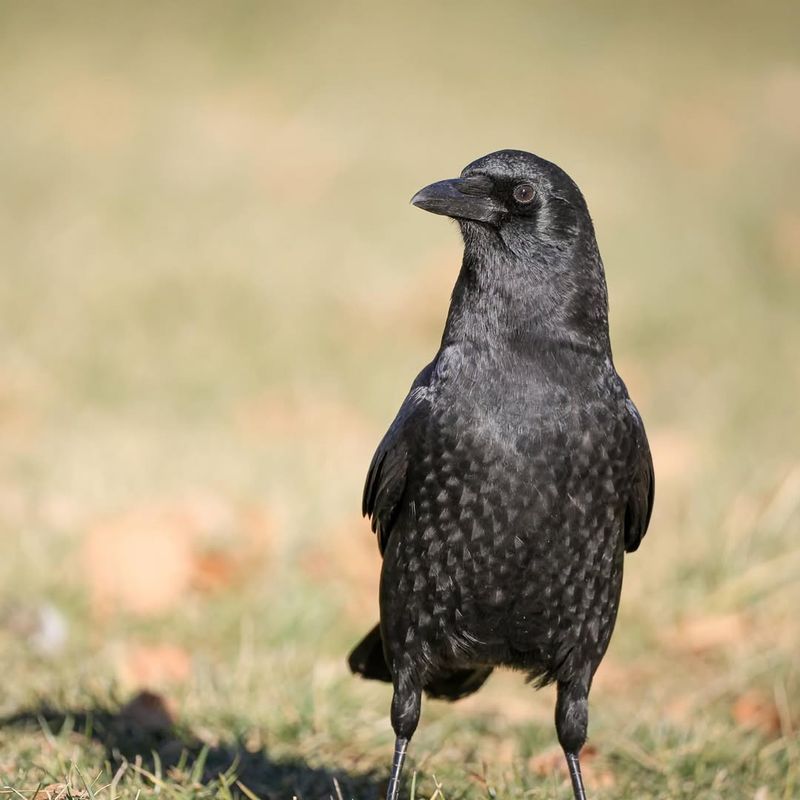
European crows are remarkable for their problem-solving skills and tool use. These birds demonstrate self-awareness by recognizing themselves in mirrors, a rare trait in avian species. Such behavior underscores their intelligence.
In experiments, crows have been observed using mirrors to find hidden food, showcasing their ability to understand reflective surfaces. This insight allows them to navigate their environment more effectively.
3. Dolphins
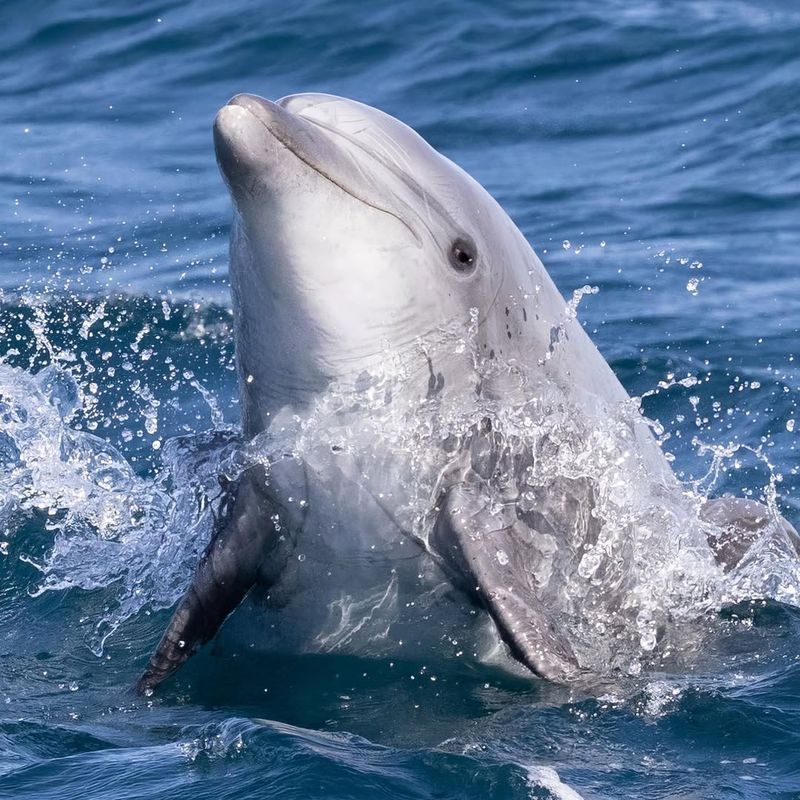
Dolphins are known for their playful nature and high intelligence. When presented with a mirror, dolphins engage in behaviors indicating self-recognition, such as examining themselves from various angles.
This ability to recognize their own reflection is a testament to their sophisticated social structures and communication skills. Dolphins often use these insights for playful interactions.
Researchers find dolphins particularly fascinating as their self-awareness hints at complex emotional lives.
4. Orangutans
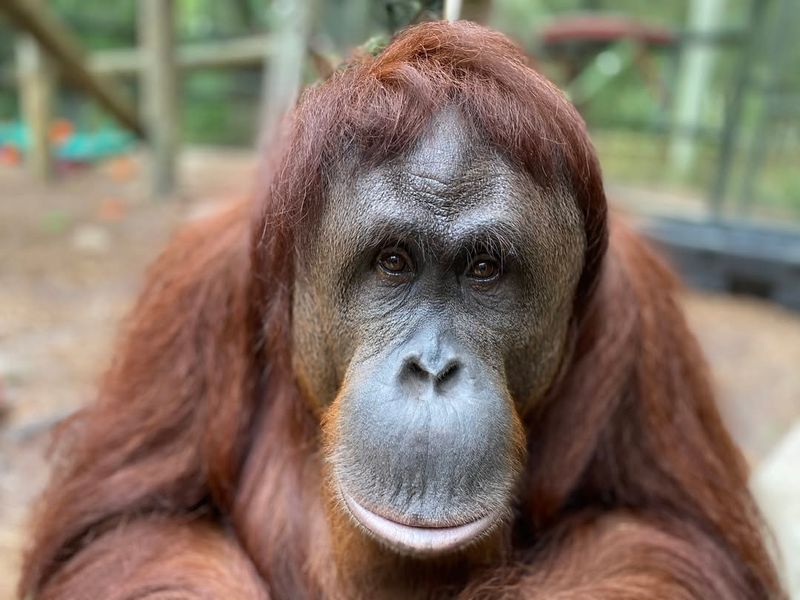
Orangutans, with their gentle demeanor and inquisitive nature, show a surprising level of self-awareness. When faced with a mirror, they often explore their reflection, touching marks on their bodies only visible in the mirror.
This behavior indicates their understanding of themselves as separate entities, capable of introspection. Such discoveries have enriched our understanding of primate intelligence.
5. Elephants
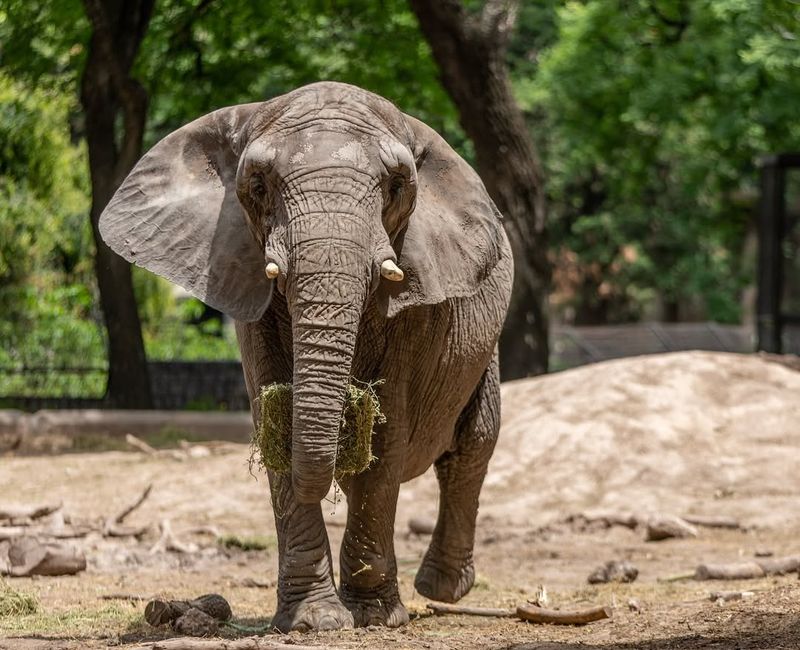
Elephants are renowned for their memory and emotional depth. They demonstrate self-awareness by engaging with mirrors, often inspecting themselves and using their trunks to explore.
Their interactions with mirrors reveal their capacity for empathy and social understanding. Elephants are seen touching marks on their bodies visible only through reflection, signifying self-recognition.
6. Magpies
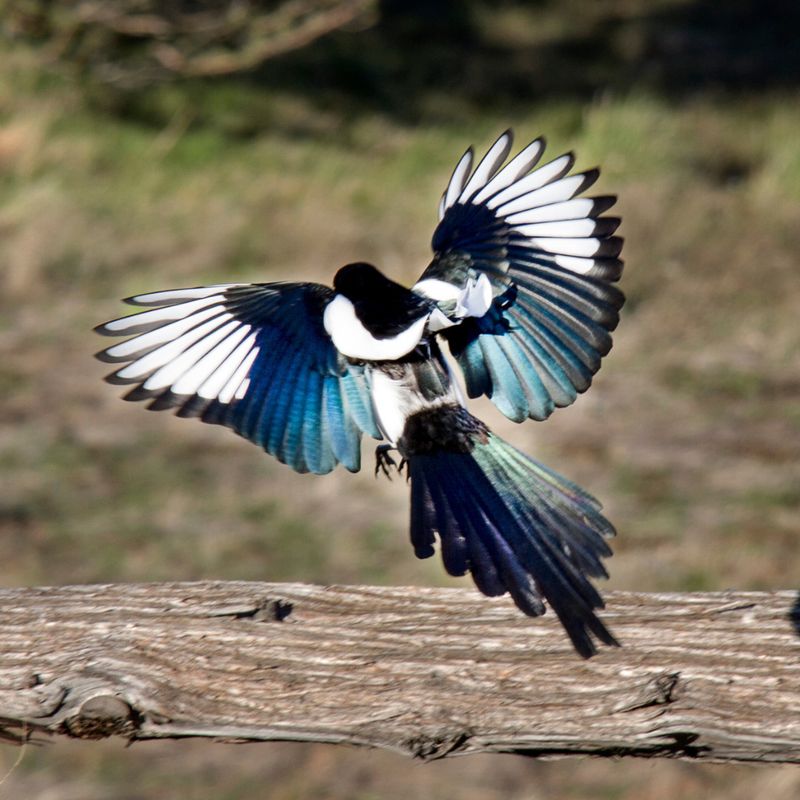
Magpies are among the few bird species that pass the mirror test, showcasing their intelligence. When encountering a mirror, they often engage in behaviors that suggest self-recognition.
These birds display curiosity, using the reflection to explore themselves, a trait that points to their advanced cognitive functions. Such behavior is rare among birds.
Magpies’ ability to pass the mirror test highlights their problem-solving skills and adaptability, traits that have intrigued researchers and bird enthusiasts alike.
7. Bonobos
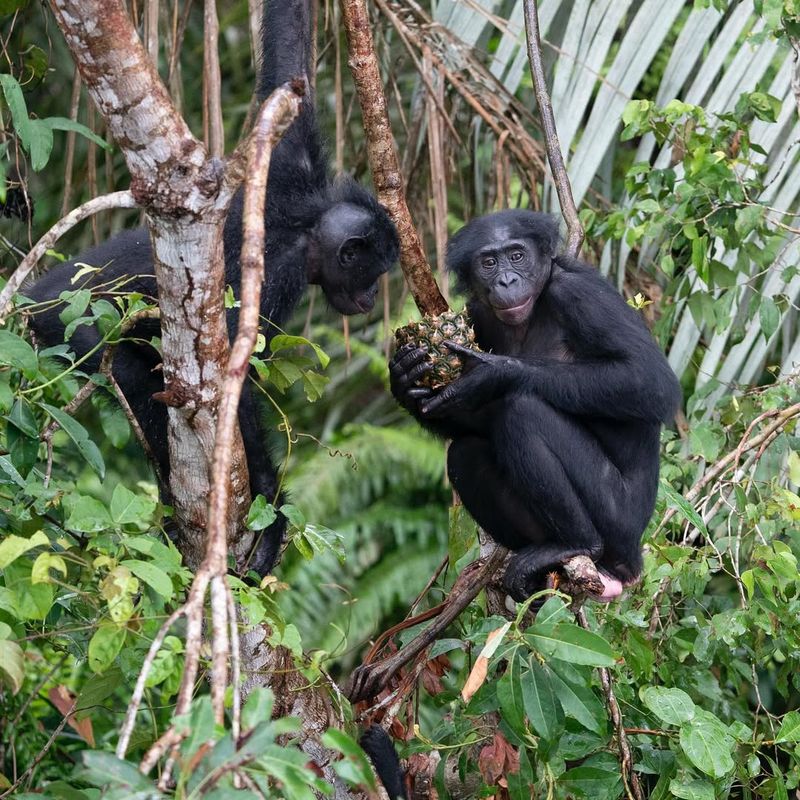
Bonobos, closely related to chimpanzees, exhibit self-awareness through interactions with mirrors. They are often seen inspecting their faces and bodies, demonstrating an understanding of their own reflection.
This behavior is indicative of their intelligence and complex social structures. Bonobos use these insights for social interactions, fostering communication within their groups.
8. Ants
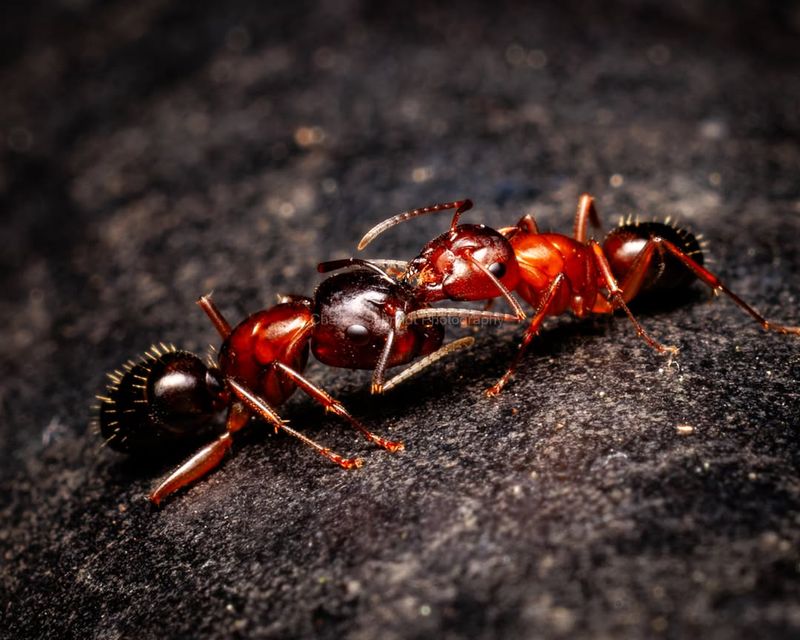
Ants may seem an unlikely candidate for self-recognition, yet some species pass the mirror test. These ants use their reflection for grooming and exploring, suggesting a form of awareness.
Their mirror interactions reveal a basic level of self-awareness, though different from that of mammals. This behavior is observed in ants that recognize themselves and adjust their actions accordingly.

